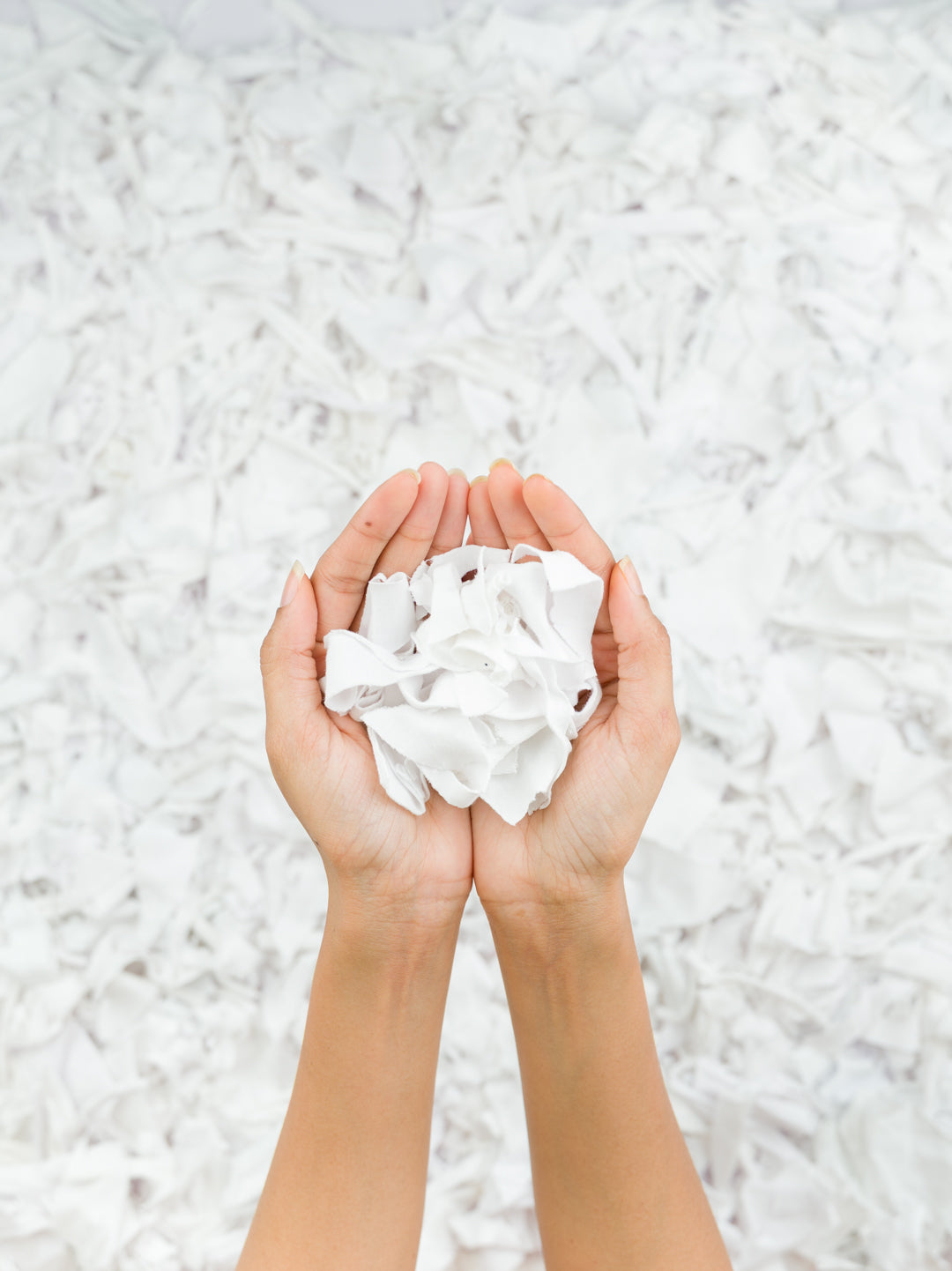Sustainable art paper. Trusted by artists.

MADE OF 100% COTTON RAGS

TRADITIONALLY HANDMADE

ARCHIVAL QUALITY

SUSTAINABLY PRODUCED

TREE-FREE

MADE IN INDIA
Crafted sheet by sheet, our handmade art paper is a masterpiece in the making.
Because your artwork deserves to last.
Newsletter
Sign up
Subscribe to get special offers, free giveaways, and once-in-a-lifetime deals.


















